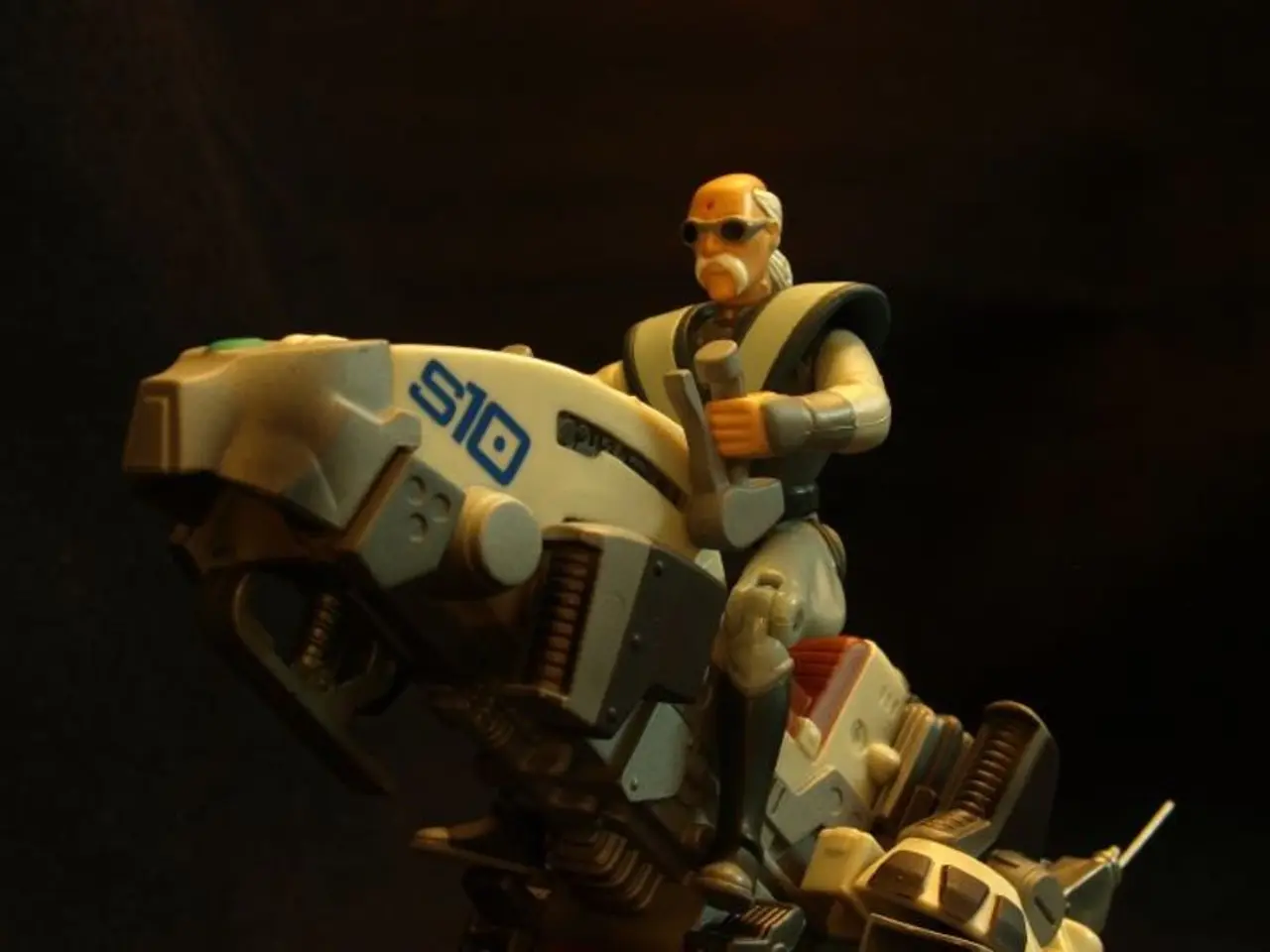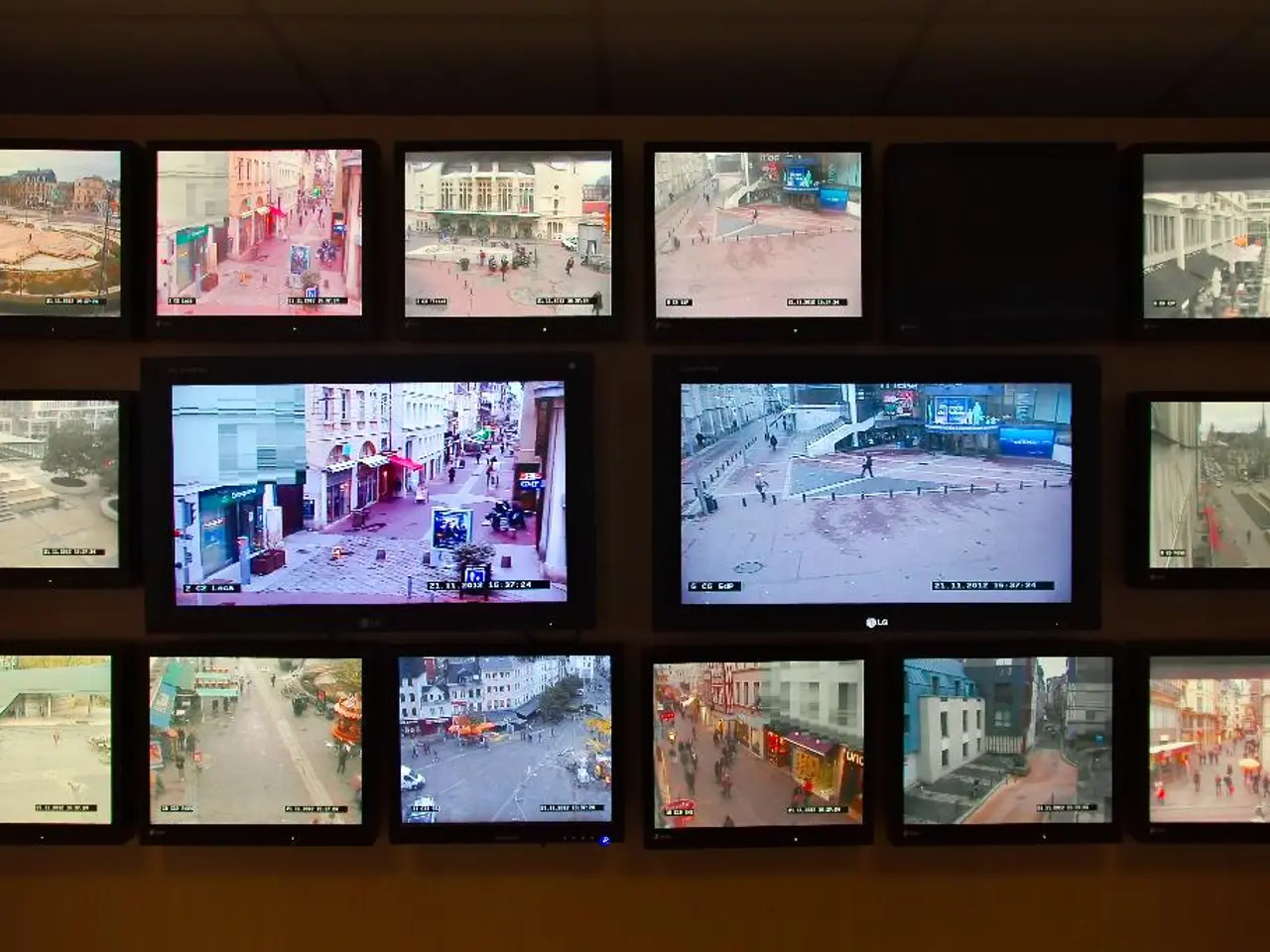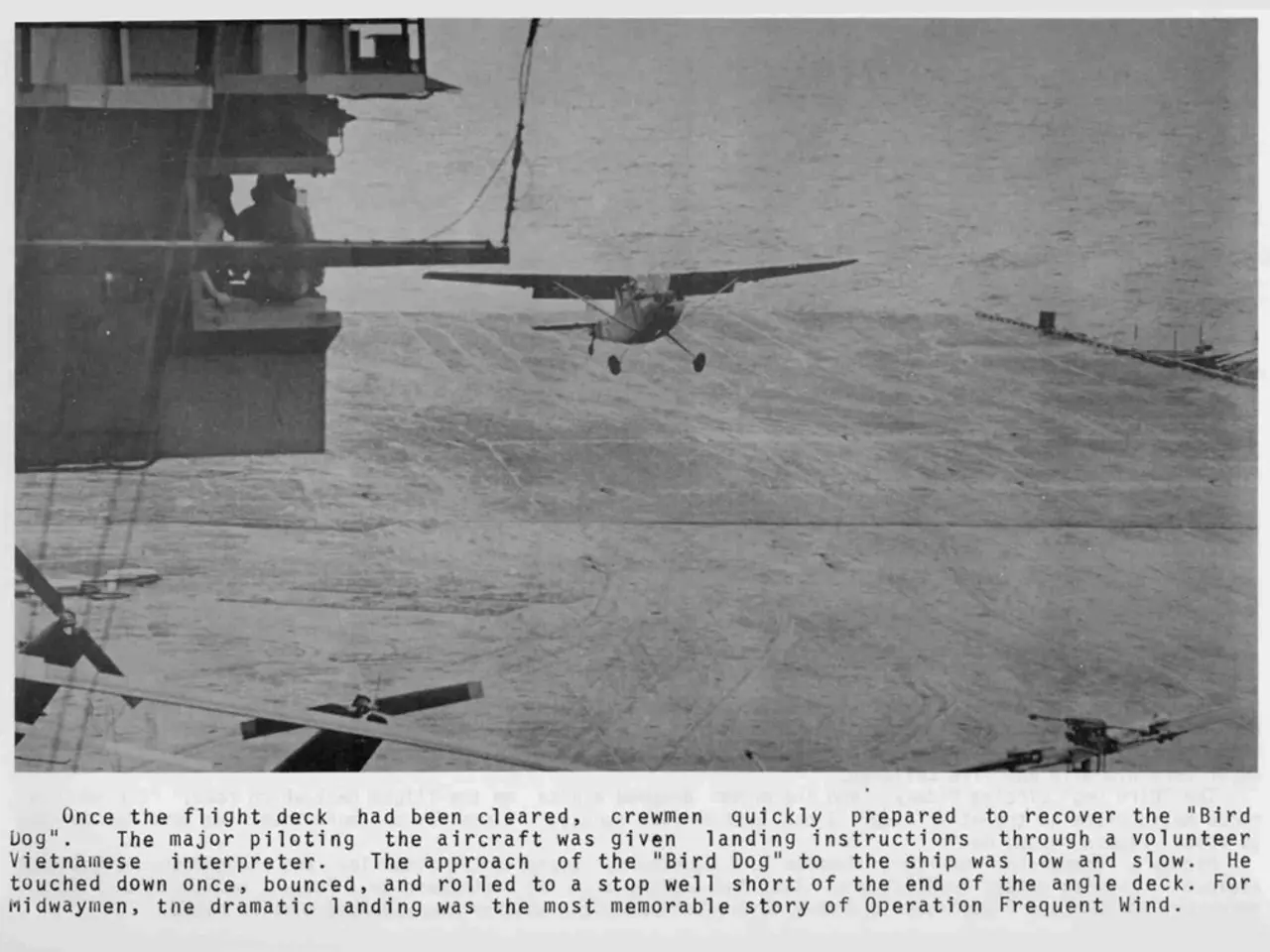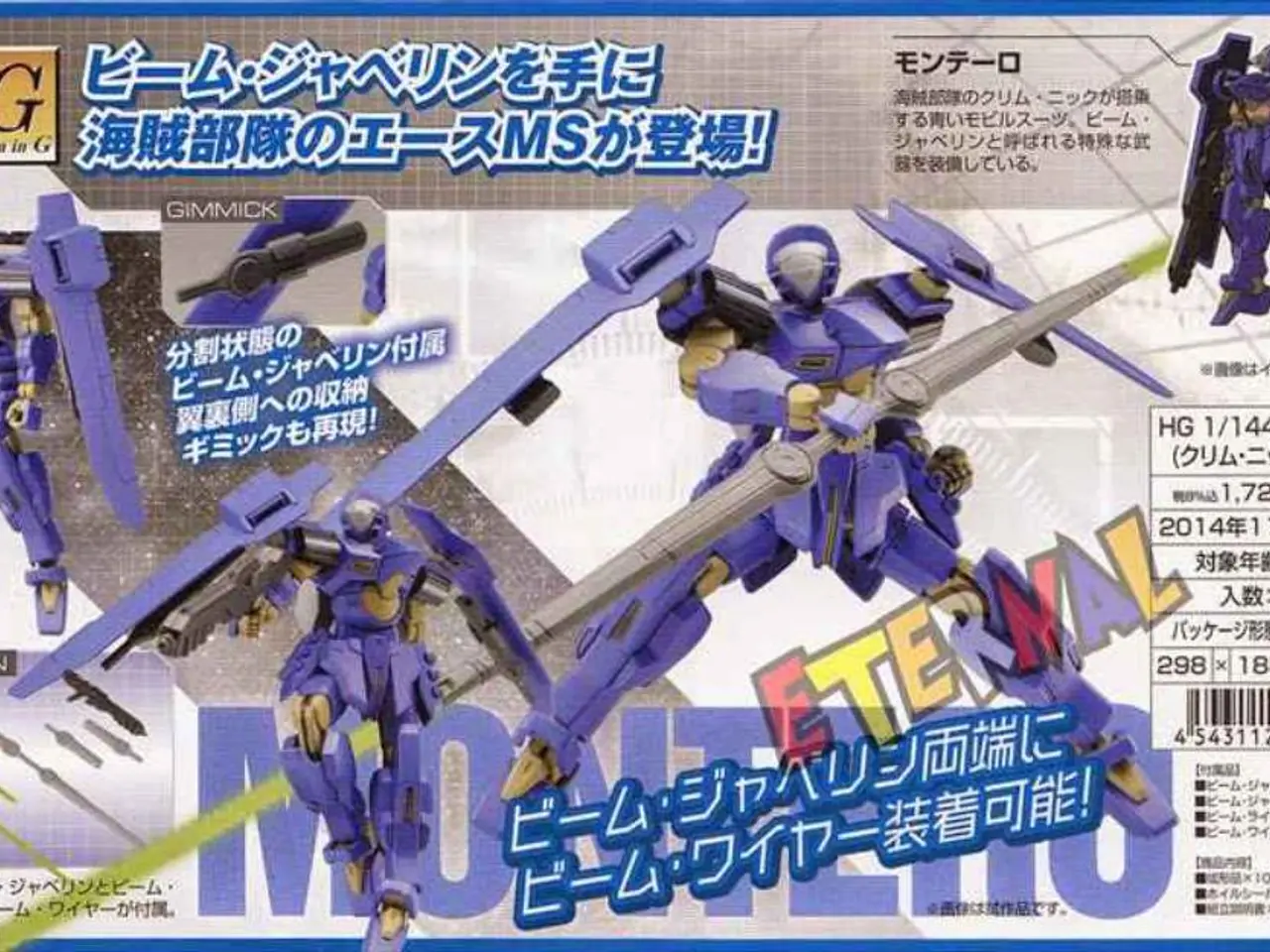Tesla's Robotaxi under trial within Austin's boundary, hinting at potential broader deployment.
In the bustling city of Austin, Texas, the race for autonomous ride-hailing supremacy is heating up. Last month, Tesla launched its Robotaxi pilot in the city, and since then, the service has seen rapid expansion. As of mid-July 2025, Tesla's Robotaxi geofence in Austin more than doubled its initial size, reaching approximately 42 square miles[1].
However, the competition didn't stay idle. Waymo, another major player in the autonomous vehicle (AV) market, responded by expanding its own geofence in Austin to a remarkable 90 square miles, covering many new neighbourhoods and popular destinations[1]. This aggressive move by Waymo signalled a direct challenge to Tesla's increased coverage.
Tesla, in turn, announced plans for a further expansion of its Austin Robotaxi service area, aiming to cover the entire 300 square miles of the city within two weeks from late July 2025[3]. This ambitious expansion is part of a broader strategy to scale Robotaxi and Full Self-Driving (FSD) services to cover half of the U.S. population by the end of 2025, including all major cities in Texas, California, Arizona, and Florida[2].
The competitive dynamics in Austin are intensifying, with Waymo making bold rivalry moves in response to Tesla's aggressive expansion. Other AV competitors have yet to make equivalent moves in Austin, but Waymo's extension notably enhances the competition.
Tesla's expansion plans are not limited to Austin. Longtime Tesla watcher Joe Tegtmeyer recently spotted a Tesla validation vehicle in Marble Falls, Texas, a town located well west of Austin and outside both Tesla's current Robotaxi service area and that of Waymo[4]. The location of the Tesla validation vehicle in Marble Falls strongly suggests Tesla could be validating new zones for autonomous ride-hailing, potentially extending its service beyond Austin.
If Tesla's expansion occurs, the Robotaxi service in Austin could offer faster, cheaper, and more widely available autonomous rides. The Austin Robotaxi service area, if expanded, may even include the now-infamous phallic-shaped zone[5]. The potential expansion would be the second since the service launched last month, further solidifying Tesla's commitment to the city.
The competitive push in Austin highlights the city as a key battleground for autonomous ride-hailing services in 2025, with Tesla and Waymo as the leading contenders[1][2][3]. The race is on, and it seems the future of autonomous ride-hailing in Austin is shaping up to be an exciting one.
[1] https://www.teslarati.com/tesla-autonomous-taxi-austin-geofence-expansion/ [2] https://www.teslarati.com/tesla-autonomous-taxi-service-expansion-plans/ [3] https://www.teslarati.com/tesla-autonomous-taxi-service-expansion-austin-300-square-miles/ [4] https://www.teslarati.com/tesla-validation-vehicle-spotted-marble-falls-texas/ [5] https://www.teslarati.com/tesla-autonomous-taxi-service-austin-map-reveals-phallic-shaped-zone/
Technology plays a pivotal role in the competitive race for autonomous ride-hailing supremacy in Austin, Texas. Both Tesla and Waymo are leveraging advanced technology to expand their geofences, aiming to offer faster, cheaper, and more widely available autonomous rides to consumers.




